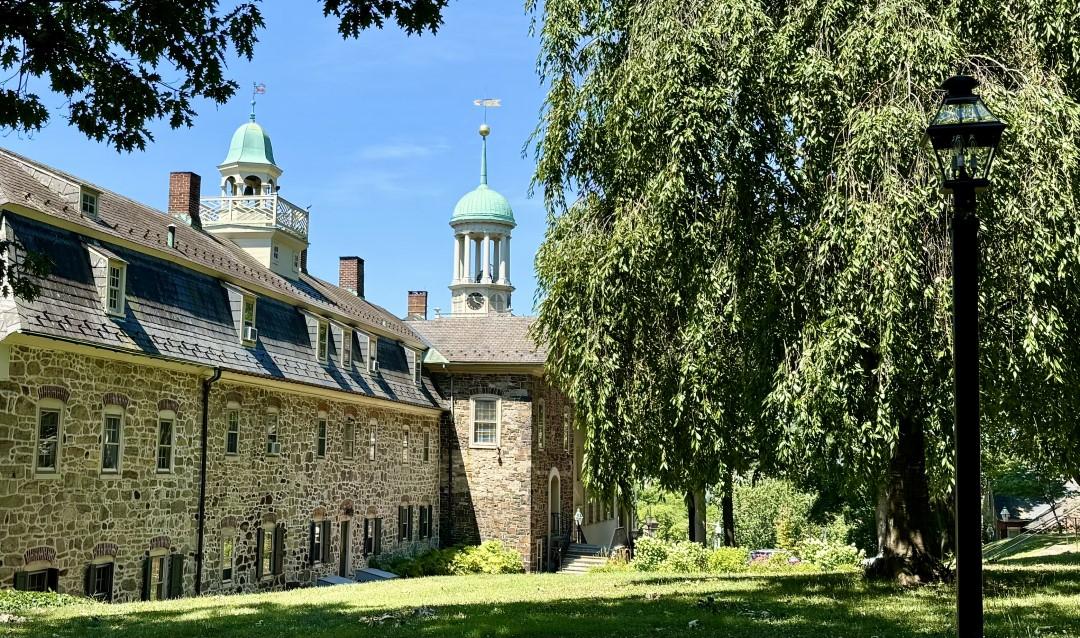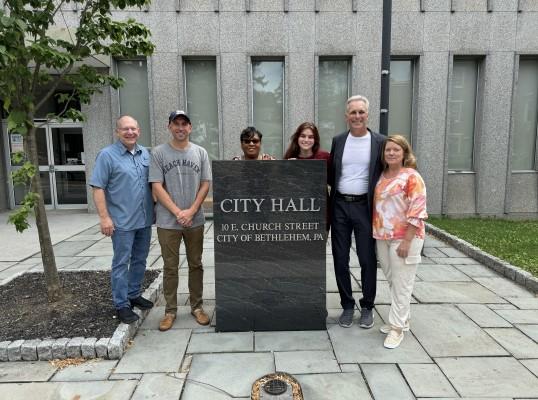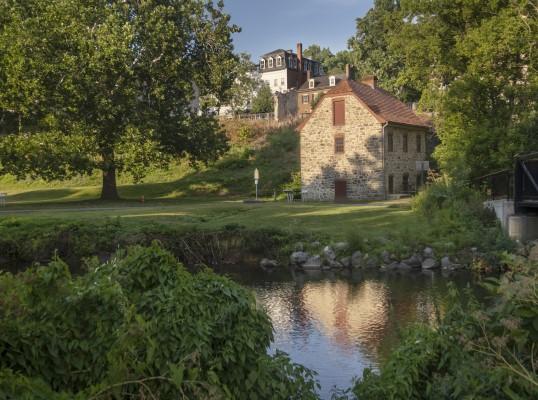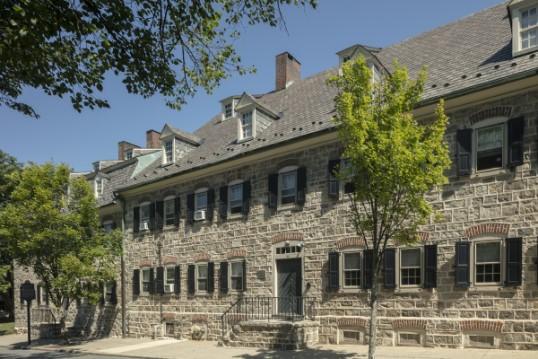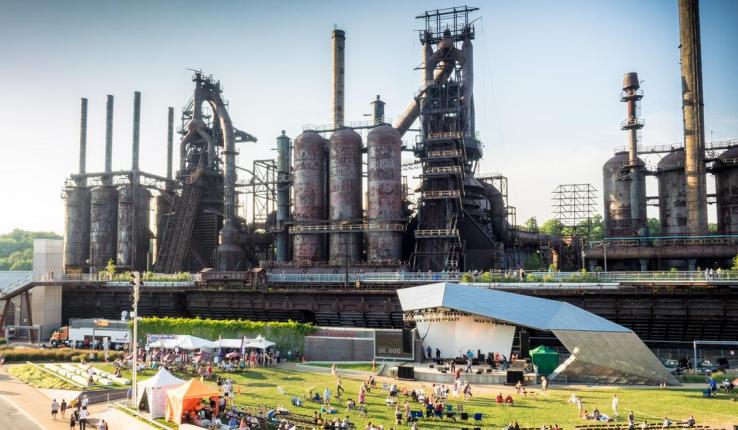The Great Wall of China took two millennia to build and extends 13,170 miles; Construction of the palatial Taj Mahal in India started 200 years ago and took 22 years to complete, and the mysterious pyramids in Egypt at Giza are considered one of the Seven Wonders.
Among the most recognizable sites in the world, these monuments now share something in common with Bethlehem, Pennsylvania, where the Moravians settled nearly 300 years ago, establishing a town center with distinctive stone buildings, a grand church and the first municipal water system in America.
On July 26, after a World Heritage Committee meeting in India, Bethlehem’s Moravian Church Settlements joined the list of 1,223 World Heritage Sites across the globe, cementing the city’s status as a place of innovation and industry.
The momentous occasion was recognized Wednesday with a celebration at the Central Moravian Church Sanctuary, followed by a meeting at City Hall, attended by a delegation of Lehigh representatives.
“World Heritage designation brings immense value to the Bethlehem community,” said Lehigh University President Joseph J. Helble ’82, who was in attendance. “This designation will attract diverse visitors from all over the world, and help share the story of Bethlehem’s extraordinary history, a history that Lehigh is proud to be a part of.”
Helble is a member of the Bethlehem World Heritage Commission, which helped prepare the 400-page application for the Moravian Church Settlements’ inclusion on the World Heritage Sites list.


